In Belgium, kiwi berries have been rolling off Coöperatie Hoogstraten's optical grader's conveyor belt since the end of last week. The two-month season started a little later than usual. That was due to the cold. But, it is now getting well underway.
Growers will soon deliver increasingly larger volumes to the cooperation. There, the berries are sorted and packed. "The kiwi berries' quality is excellent," says Natalie Snijers of Coöperatie Hoogstraten. "The heavy rain and lack of sun actually ensured gradual growth and, therefore, tart, full-bodied berries. There's also minimal skin damage this year." The total harvest volume is significantly higher too. Yields are expected to increase by 50% compared to last year. Then, spring frost damage and the hot summer limited production.
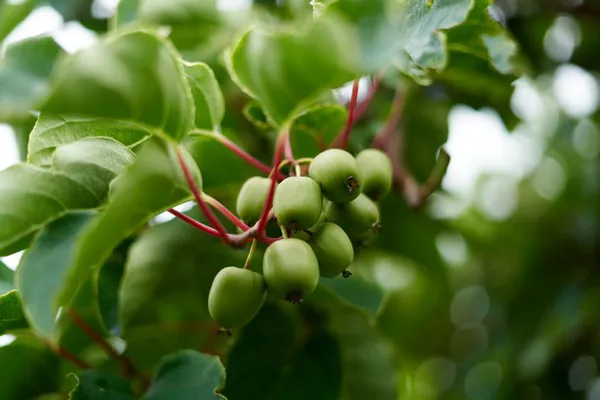
Labor-intensive crop
Hoogstraten and a few growers began cultivating kiwi berries about ten years ago. Now, Dutch and Belgian growers supply their berries to this cooperative. That is from late August to late October.
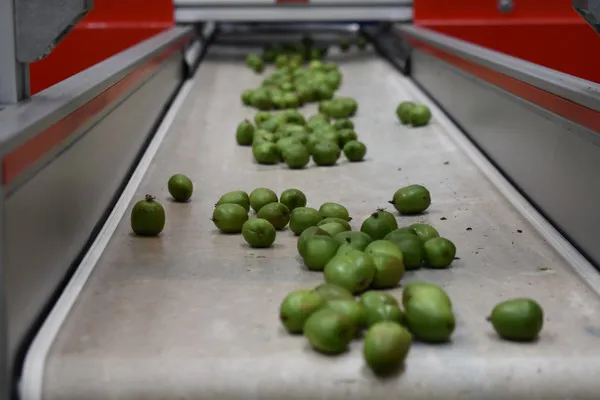
This farming is done on a relatively small scale in both countries. Nonetheless, Hoogstraten and the growers bought an optical sorting machine. "Manual sorting is tremendously labor-intensive and time-consuming. The berries are picked by hand," explains Natalie.
"So, growers are usually extremely busy for two months, already. The regional kiwi berry season only lasts that long. And it's the farmers' main crop. This fully automated grader lightens the growers' load. They can now get back to their core business."
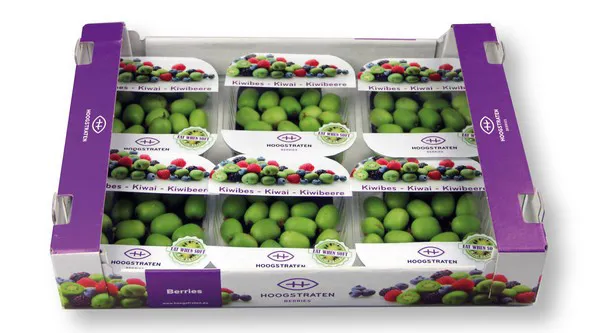
How does it work?
The berries' dry matter content and Brix levels are checked. If those are in order, the berries are manually harvested before they're entirely ripe. The farmers then bring them to the cooperative for sorting.
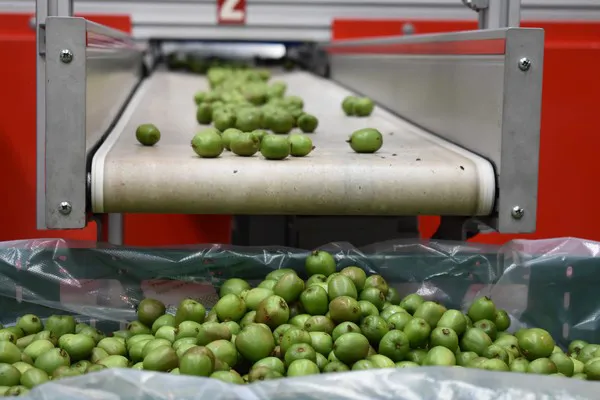
Stas Belgium built the grading machine. It is the only one of its kind in Europe. The Dutch company, Ellips, added the grading software. This sorts the berries by size, ripeness, and quality. The quality requirements and berry sizes (the allowed quantity of large ones) are set in advance. The berries are placed on the machine's conveyor belt. The unripe, bruised, and withered berries are removed by hand. After that, the process is fully automated.
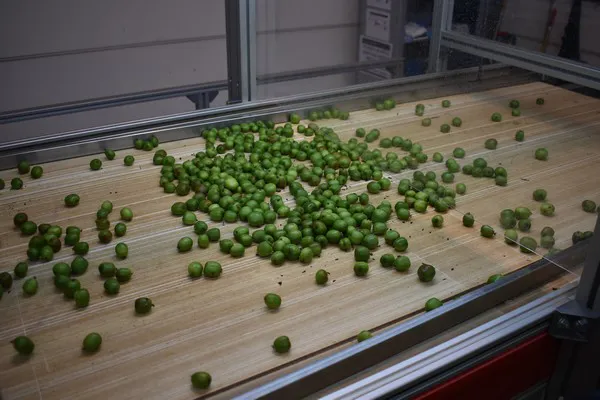
The kiwi berries are placed on the conveyor belt, and the withered ones are then removed.
The grader takes about 30 pictures of each berry. A computer uses these to determine the berry's size, ripeness, and quality. "The berries are stored in special bags and cooled to just above freezing. They don't go into complete shock. We keep them in as calm as possible conditions for optimal storage. We can store the berries for two to three weeks. That depends on how ripe they are," says Natalie.
Video: Hoogstraten's kiwi berry grading machine in action.
Campaigns
Hoogstraten has invested heavily in promoting and bringing people's attention to these kiwi berries. They used vloggers, influencers, TV chefs, and commercials. In this way, they introduce consumers to this new superfruit. "In Belgium, that's definitely worked. Every supermarket carries kiwi berries. The Netherlands is, however, lagging. So, there's still much to be gained regarding kiwi berry awareness," Natalie concludes.
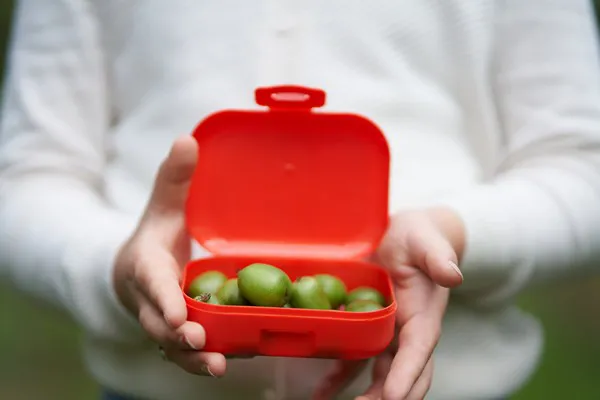
For more information: Natalie Snijers
Natalie Snijers
Coöperatie Hoogstraten
Tel: +32 (0) 334 00 211
Email: sales@hoogstraten.eu
Website: www.hoogstraten.eu
